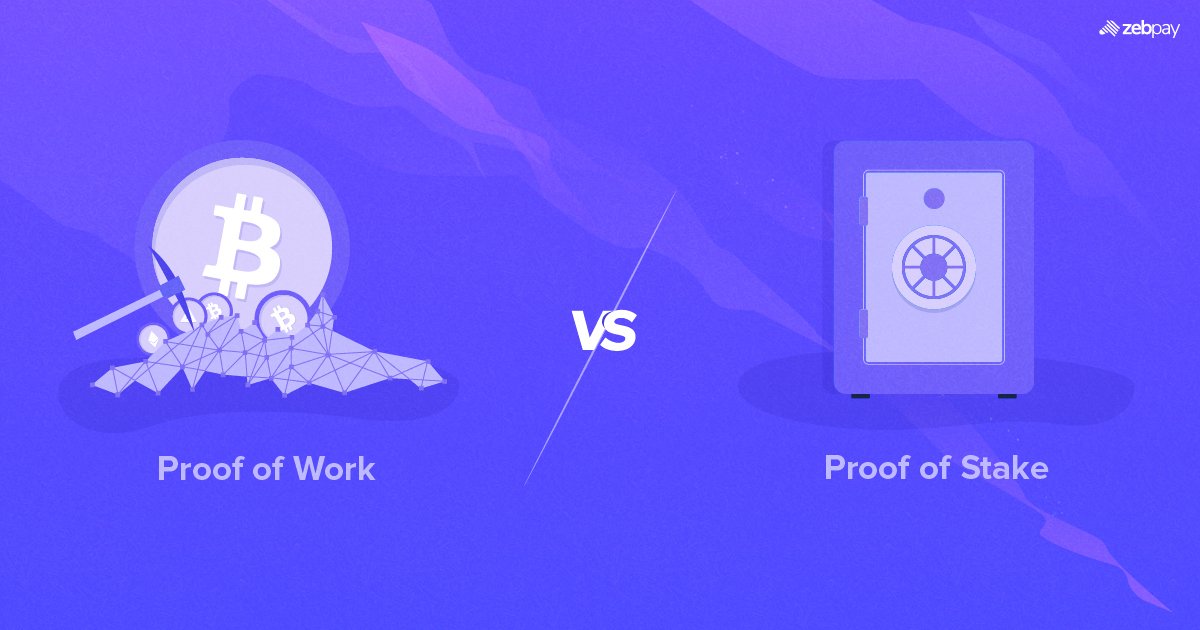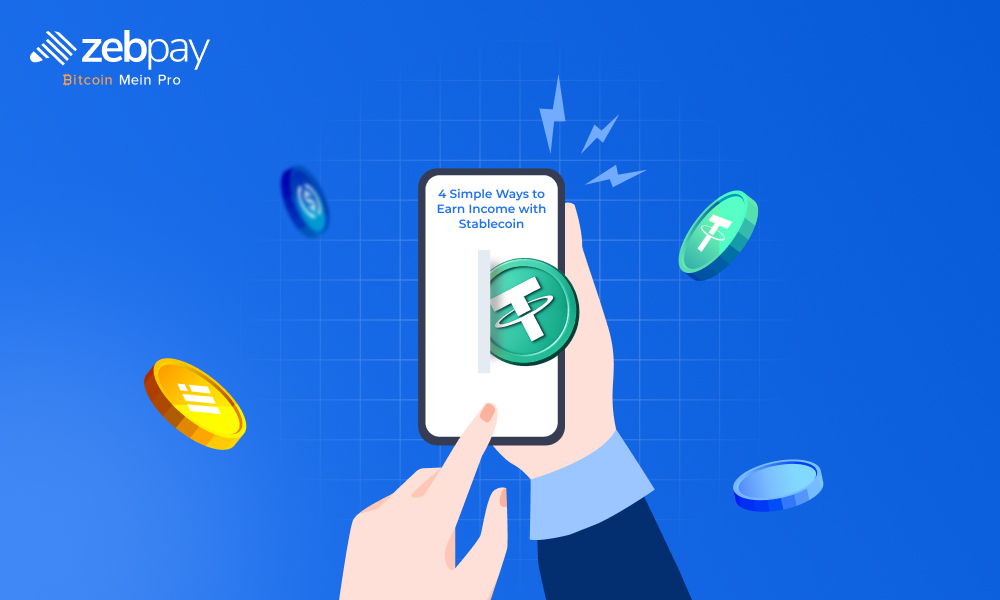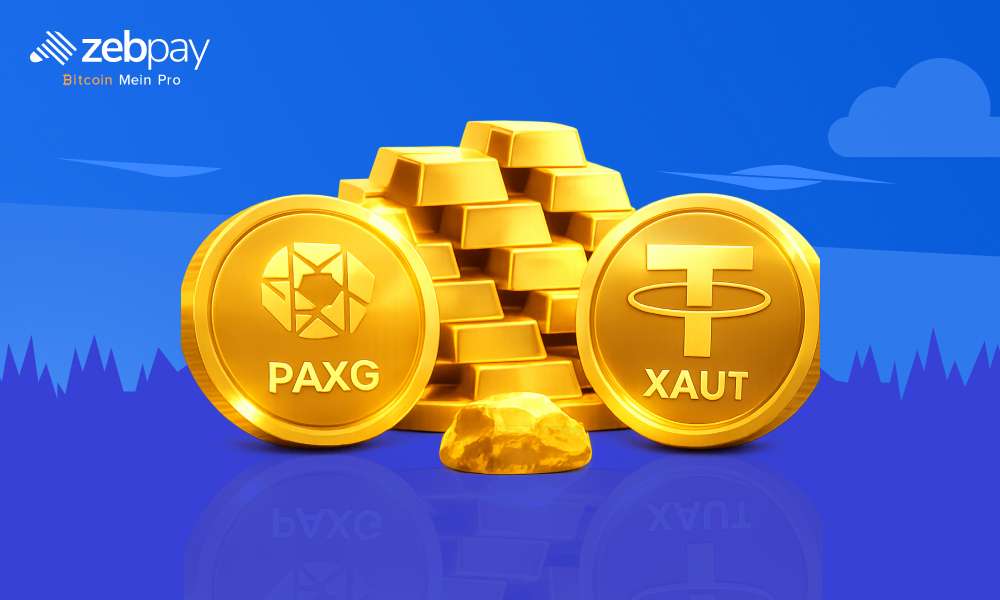In today’s digital economy, every payment system must ensure that transactions are valid and that the same funds are not spent more than once. On centralised networks such as Visa or Mastercard, this responsibility is handled by a central authority that verifies and settles transactions. However, blockchains operate without a central intermediary, which raises an important question—how is trust maintained in a decentralised system?
This is where consensus mechanisms play a critical role. They are the backbone of blockchain networks, ensuring agreement across participants on which transactions are legitimate. Among the various models available, the two most widely discussed are Proof of Work and Proof of Stake. The ongoing debate around pow vs pos has become central to understanding how different blockchains function and scale.
Proof of work in blockchain was the first consensus mechanism to be widely adopted, securing early networks like Bitcoin through computational effort. Over time, newer networks introduced proof of stake as an alternative, aiming to improve efficiency and reduce resource consumption. This has led to growing interest in proof of stake vs proof of work, especially as blockchains evolve to support broader use cases.
But what exactly sets these mechanisms apart? How do proof of work and proof of stake differ in terms of security, energy usage, and decentralisation? More importantly, what is the real difference between pow and pos, and which approach is better suited for the future of blockchain networks? Let’s break down these concepts and understand how they compare.
Proof of Work: What, Why, and How?
Proof of work is the oldest blockchain consensus mechanism. First implemented with Bitcoin, it is closely related to mining. In case you’re wondering, proof of work is a blockchain concept. It is the process of using a large amount of computation power to solve a problem. All miners on the blockchain race to solve a maths puzzle using their computers. The first one to solve it is rewarded with crypto and is able to update the blockchain with a new transaction.
This mechanism can be a powerful tool for validating a transaction. The number of miners increases together with the value of the crypto asset. Because of the large number of miners contributing their computing power, no individual has the capacity to alter a blockchain. This is a tried and tested method that has seen many other adopters such as Ethereum 1.0 (ETH), Monero (XMR), and Litecoin (LTC).
On the other hand, proof of work consumes a lot of resources and energy. Since you need to have a lot of processing power, you also need a lot of energy. According to estimates, more energy is utilised to generate Bitcoin than is consumed by several nations. This introduces even more problems with expansion. If you want smart contracts or NFTs powered by Bitcoin, then you’re out of luck. Proof of work prevents bitcoin smart contracts from being economically viable.
Read About: Introduction and Benefits of Smart Contract in Blockchain
What is Proof of Stake?
What if you want a mechanism that can securely verify transactions, while also supporting smart contracts, DeFi, and NFTs? Proof of stake is useful in this situation. It was developed when it became clear that proof of work would not be sustainable for scaling a blockchain to keep up with demand. So how does proof of stake work?
Instead of mining, proof of stake uses staking. While the method of staking can vary between blockchains, they all have a network of validators who “stake” their crypto for a chance to update the blockchain and earn more rewards. This method rewards those validators who have the most investment in the blockchain.
The network selects a winner based on the quantity of crypto assets staked and the length of time it has been staked. The chosen winner then verifies the most recent blockchain transaction. After this, other validators verify – or attest – that the transaction is accurate. Once a threshold of validation is reached, all participating validators receive rewards proportional to their stake.
This sounds great, but what are the downsides? One major issue is that proof of stake incentivizes hoarding crypto. Investing in a token and staking it gives you more rewards, so naturally, you would want to stake as much as you can. In some cases, this can lead to more centralization of the blockchain.
How PoS Validates Transactions
Proof of stake validates transactions by selecting validators based on the amount of cryptocurrency they lock up, or “stake,” in the network rather than on computational power. Unlike proof of work in blockchain systems, where miners compete by solving complex puzzles, PoS relies on economic incentives and penalties to maintain network integrity. This fundamental shift is at the core of the pow vs pos discussion and highlights the structural difference between pow and pos.
In a proof of stake vs proof of work model, validators in a PoS network are chosen either randomly or through a weighted mechanism that considers the size and duration of their stake. Once selected, the validator proposes or verifies a block of transactions, and other participants confirm its validity. If the validator acts dishonestly, a portion of their staked assets can be slashed, making malicious behaviour financially unviable. This is one of the key reasons proof of work and proof of stake are often compared, as both aim to secure the network using different trust models.
Overall, proof of work and proof of stake approach transaction validation in fundamentally different ways. While PoW depends on external resources like energy and hardware, PoS secures the network through capital commitment and game-theoretic incentives. This contrast continues to fuel the pow vs pos debate, especially as networks evaluate efficiency, security, and long-term sustainability.
Strengths and Limitations of PoS
When comparing pow vs pos, proof of stake vs proof of work is often highlighted for its efficiency and modern design. Proof of stake offers several advantages over proof of work in blockchain systems, but it also comes with certain trade-offs. Understanding these strengths and limitations helps clarify the broader difference between pow and pos and why different networks choose different consensus models.
Security
From a security perspective, proof of work and proof of stake rely on different deterrents against malicious behaviour. In PoS, validators must lock up a significant amount of capital, and any attempt to manipulate the network can result in slashing of their staked assets. This creates a strong economic disincentive, similar in intent—but different in execution—to proof of work in blockchain, where attacks require enormous computational power. In the proof of stake vs proof of work debate, PoS security is often praised for aligning honest behaviour with financial incentives, though concerns around large stakeholders influencing validation still remain.
Energy Consumption
One of the most cited strengths in the pow vs pos comparison is energy efficiency. Unlike proof of work, which requires continuous computational effort and high electricity usage, proof of stake validates transactions without intensive hardware or mining operations. This makes PoS significantly more energy-efficient than proof of work in blockchain networks and is a key reason why many newer platforms are moving away from traditional proof of work and proof of stake discussions now favour sustainability-focused models.
Scalability
In terms of scalability, proof of stake generally allows for faster transaction validation and higher throughput compared to proof of work. Since validators are pre-selected rather than competing simultaneously, networks can process transactions more efficiently. This is a major point in the difference between pow and pos, as proof of work in blockchain systems can face bottlenecks during periods of high activity due to mining constraints. However, scalability in PoS still depends on network design and implementation.
Network Decentralization
Network decentralization is a nuanced aspect of the proof of stake vs proof of work comparison. Proof of work enables open participation through mining, but it can become centralized due to expensive hardware and mining pools. Proof of stake lowers the barrier to participation but may concentrate power among those with larger holdings. This ongoing balance between accessibility and influence continues to shape debates around proof of work and proof of stake, keeping the pow vs pos discussion highly relevant in the evolution of blockchain consensus mechanisms.
Read more: What is the Ethereum Merge
What the Ethereum Merge Changed
The Ethereum Merge marked one of the most significant milestones in the ongoing pow vs pos debate, as Ethereum transitioned from proof of work to proof of stake. This shift fundamentally changed how the network validates transactions and secures the blockchain. By replacing proof of work in blockchain with a staking-based model, Ethereum reduced its energy consumption dramatically while maintaining network security through economic incentives. The Merge also reshaped the broader conversation around proof of work and proof of stake, demonstrating that large, established networks can successfully migrate to PoS without disrupting core functionality. As a real-world example of proof of stake vs proof of work in action, the Merge highlighted the growing preference for scalable and sustainable consensus mechanisms.
Impact on Users and Developers
For users, the transition reinforced Ethereum’s long-term focus on efficiency and sustainability rather than immediate fee reductions. While transaction costs are influenced by network demand rather than consensus alone, the move away from proof of work improved the foundation for future scalability upgrades. Developers benefited from a more predictable and energy-efficient environment, making it easier to build and maintain decentralised applications. In the difference between pow and pos, Ethereum’s shift showed how proof of stake can support innovation while preserving security, strengthening confidence in proof of work and proof of stake alternatives for enterprise and retail adoption alike.
PoW vs PoS: Which Is Better for the Future of Blockchain?
There is no one-size-fits-all answer in the proof of stake vs proof of work discussion, as each mechanism serves different goals. Proof of work in blockchain remains battle-tested, highly secure, and resilient against certain attack vectors, making it well-suited for networks that prioritise maximum decentralisation and immutability. Proof of stake, on the other hand, offers clear advantages in energy efficiency, scalability, and accessibility, addressing many limitations associated with proof of work.
As the ecosystem matures, the future of blockchain is likely to be shaped by a mix of approaches rather than a single winner in the pow vs pos debate. Some networks will continue to rely on proof of work and proof of stake comparisons to guide design choices, while others may adopt hybrid or entirely new models. Ultimately, the difference between pow and pos lies in trade-offs, and the “better” option will depend on the network’s objectives, user base, and long-term vision.
Final Thoughts
If you’re optimistic about the long-term potential of crypto, it’s clear that both proof of work and proof of stake will play important roles in shaping future digital economies. In the ongoing pow vs pos discussion, proof of work in blockchain continues to offer a proven and decentralised way to secure networks and earn rewards without requiring large holdings of a specific asset. At the same time, as blockchain adoption expands across industries and use cases, proof of stake vs proof of work comparisons increasingly highlight PoS as a more scalable and efficient alternative. By reducing resource intensity and enabling broader participation, proof of stake supports the evolution of blockchain-based economies, showing that the difference between pow and pos ultimately comes down to complementary strengths rather than competition.
Unravel everything that you need for your crypto journey via ZebPay blogs. Get started today and join 6 million+ registered users on ZebPay!
FAQs on PoW vs PoS
What is the main difference between Proof of Work and Proof of Stake?
The main difference between Proof of Work and Proof of Stake lies in how transactions are validated and blocks are added to the blockchain. In proof of work in blockchain systems, miners compete using computational power to solve cryptographic puzzles, whereas in proof of stake, validators are chosen based on the amount of crypto they stake. This core distinction defines the broader pow vs pos debate and explains the difference between PoW and PoS in terms of cost, energy use, and scalability.
Why does Proof of Work require so much energy?
Proof of work requires significant energy because miners run powerful hardware continuously to solve complex mathematical problems. This competitive process is essential for securing the network, but it results in high electricity consumption, which is often highlighted when comparing proof of stake vs proof of work from a sustainability perspective.
How does Proof of Stake reduce energy consumption compared to Proof of Work?
Proof of stake reduces energy consumption by eliminating the need for energy-intensive mining. Instead of competing with computing power, validators are selected based on their stake, making proof of work and proof of stake fundamentally different in terms of resource requirements and environmental impact.
Which is better for blockchain scalability: Proof of Work or Proof of Stake?
From a scalability standpoint, proof of stake is generally considered more efficient. While proof of work in blockchain systems prioritises security and decentralisation, PoS enables faster transaction processing and easier network upgrades, making proof of stake vs proof of work a key discussion for future blockchain growth.
How do miners validate transactions in a Proof of Work system?
In a proof of work system, miners validate transactions by bundling them into blocks and solving cryptographic puzzles. The first miner to find the correct solution earns the right to add the block to the blockchain and receive rewards, which is a defining feature in the difference between PoW and PoS.
How does staking work in a Proof of Stake blockchain?
In proof of stake, users lock up, or “stake,” their tokens to become validators. These validators are then selected to propose and verify blocks based on their stake and network rules. This model replaces mining and is central to understanding proof of work and proof of stake comparisons.
Can Proof of Stake support smart contracts and NFTs more efficiently?
Yes, proof of stake can support smart contracts and NFTs more efficiently due to faster block times and lower transaction costs. This efficiency is one reason why many modern blockchain platforms prefer PoS when evaluating proof of stake vs proof of work for application-heavy ecosystems.
Why is Proof of Work considered less sustainable for blockchain growth?
Proof of work is often seen as less sustainable because of its high energy consumption and increasing hardware requirements. As networks scale, these challenges become more pronounced, influencing the broader pow vs pos discussion around long-term blockchain adoption.
Does Proof of Stake make blockchains more centralized?
There are concerns that proof of stake could lead to centralisation if a small number of participants control large stakes. However, most PoS networks implement mechanisms to encourage decentralisation, showing that the difference between PoW and PoS is nuanced rather than absolute.
How does the Ethereum Merge switch the network from PoW to PoS?
The Ethereum Merge transitioned the network from proof of work to proof of stake by replacing miners with validators and introducing staking as the core security mechanism. This marked one of the most significant real-world shifts in the proof of work vs proof of stake landscape.
What benefits does Ethereum gain after moving to Proof of Stake?
After moving to proof of stake, Ethereum benefits from significantly lower energy consumption, improved scalability, and a stronger foundation for future upgrades. These advantages highlight why proof of stake vs proof of work has become a central debate in blockchain development.
Does Proof of Stake increase staking rewards on Ethereum?
Proof of stake allows Ethereum participants to earn staking rewards for securing the network, but rewards depend on factors like total staked ETH and network conditions. While different from mining rewards in proof of work in blockchain systems, staking offers a more predictable and energy-efficient incentive model.







